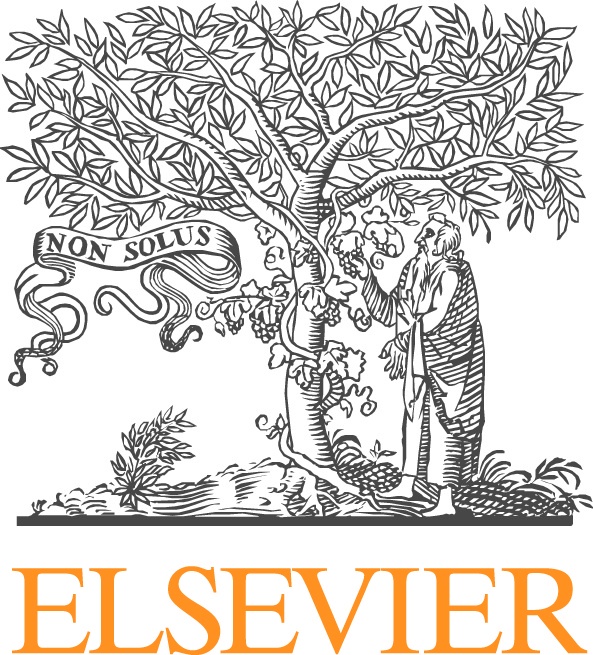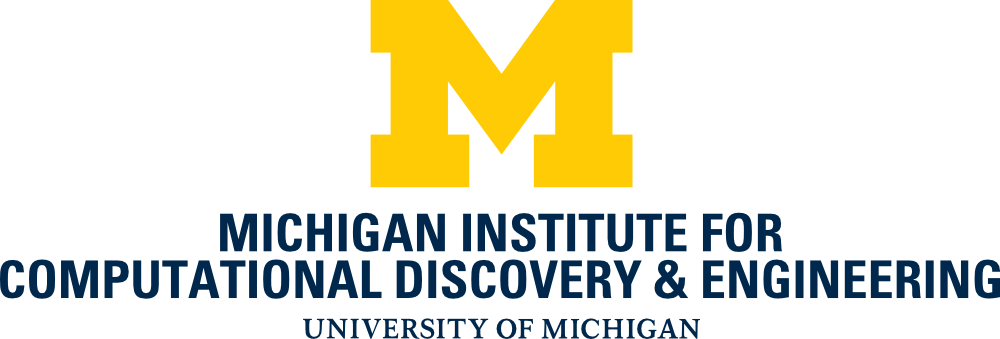SC14-004: Discontinuous Petrov Galerkin Method with Optimal Test Functions
Dr. Leszek Demkowicz, University of Texas at Austin
Despite the fact that we have celebrated already the sixth anniversary of our original two papers on the subject, the DPG method still surprises us as we keep learning new, fundamental facts about it.
The four lectures comprising the tutorial aim at covering fundamentals of the method and flashing some representative numerical examples contrasting the method with standard Galerkin schemes.
Lecture 1: Variational formulations with broken test spaces
-----------------------------------------------------------
We will use examples of classical diffusion-convection-reaction problem, linear elasticity and time-harmonic Maxwell equations, to demonstrate that any boundary-value or initial-boundary-value problem can be formulated in many equivalent ways. Different formulations: strong, ultraweak and mixed, use different functional setting implying convergence in different norms. The formulations are simultaneously ill- or well-posed (Closed Range Theorem at work). Each of the formulations may serve as a starting point for a version with broken (mesh dependent) test functions which is well posed as well with inf-sup constant of the same order. Use of broken test spaces is critical for the application of the DPG technology and comes at the price of introducing additional global unknowns: traces and/or fluxes at the mesh skeleton. Surprisingly perhaps, all formulations share the same number of interface unknowns.
Lecture 2: The abstract concepts
--------------------------------
The DPG method wears ``three hats'' and can be interpreted as a Petrov-Galerkin scheme with (optimal) test functions computed on the fly, a Minimum Residual Method, and a Mixed Method where one solves simultaneously for the approximate solution and ``error representation function''. Critical to all three interpretations is the inversion of Riesz operator on local, element level. In practice, the Riesz operator has to be approximated, either a-priori (concept of ``enriched test space'') or a-posteriori, in an adaptive way. The DPG method comes with an a-posteriori error estimation built in and provides a setting from day one for adaptivity.
Lecture 3: How to code the DPG method
-------------------------------------
DPG is a hybrid method and requires the support of additional unknowns on the mesh skeleton. These unknowns are traces of H^1, H(curl) and H(div) spaces, so the method can also be implemented within platforms supporting discretization of the exact sequences spaces. The DPG computations take place ONLY on the element level, the rest of Finite Element technology remains unchanged. We will illustrate the main practical steps with the examples discussed in the first lecture.
Lecture 4: Singular perturbation problems
-----------------------------------------
Convection dominated problems and wave propagation problems in high frequency regime are examples of singular perturbation problems that have been the focus of the DPG research. Critical to the success of DPG schemes is the selection of appropriate test norms that, on one side, guarantee the robustness (uniform stability in the perturbation parameter) of the method and, on the other side, allow for an accurate and inexpensive inversion of the Riesz operator. We will discuss the main criteria for constructing the quasi-optimal test norms and illustrate it with convection dominated flows.







